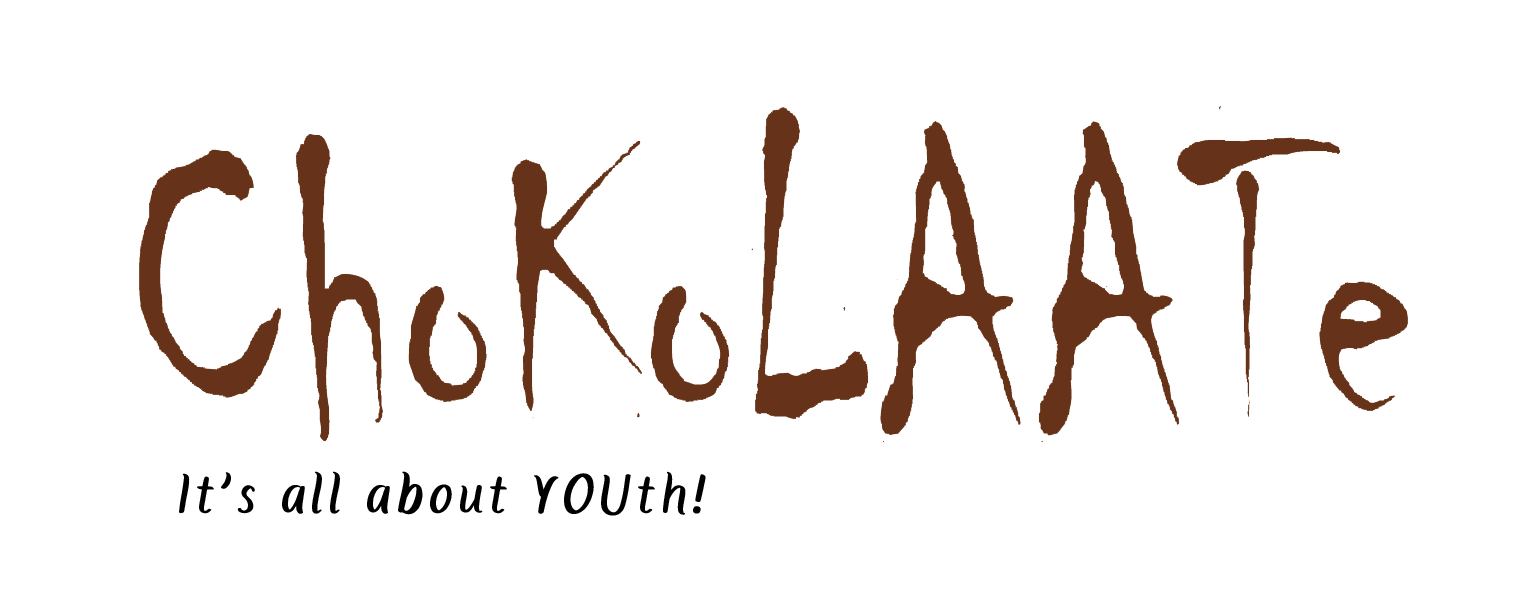A Shortage of Everything; Abundance of Chaos
A Shortage of Everything; Abundance of Chaos
By Afra Laffar
Picture credits – Ushan Gunasekera.
It was the 31st of March 2022. Sri Lanka was experiencing a 13-hour power outage due to the lack of fuel to generate electricity. The island nation had been under severe electricity rationing since February.
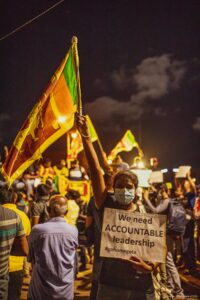 The government was unable to import essentials – including fuel – as foreign reserves had depleted to almost zero. Sri Lanka was already in a considerable amount of debt and the global recession as a result of the COVID-19 pandemic exacerbated the issue. By April 2022, the nation’s external debt amounted to over $50 billion, causing an unprecedented economic crisis. In addition to this, other factors that escalated the crisis were:
The government was unable to import essentials – including fuel – as foreign reserves had depleted to almost zero. Sri Lanka was already in a considerable amount of debt and the global recession as a result of the COVID-19 pandemic exacerbated the issue. By April 2022, the nation’s external debt amounted to over $50 billion, causing an unprecedented economic crisis. In addition to this, other factors that escalated the crisis were:
- A significant drop in the revenue generated by tourism that accounted for 12% of the country’s GDP
- Detrimental policy decisions – including tax cuts – taken by the government
- An overnight ban on the import and use of chemical fertilizers in an attempt to ensure the country’s agricultural sector was entirely organic
- Increased money printing by the Central Bank to finance deficits
- Delay in pursuing an IMF programme
With empty shelves at supermarkets and grocery stores, a pharmaceutical shortage, massive queues to purchase gas and fuel, and a severe shortage of foreign exchange, the nation was on the brink of collapse. The people had had enough. A non-partisan protest was scheduled to be held on the 3rd of April 2022 against the government headed by President Gotabaya Rajapaksa, accused of corruption and mismanagement which plunged the country into its worst economic crisis since achieving independence in 1948. However, on the 31st of March 2022, a group of protesters surrounded the president’s private residence at Mirihana, demanding his resignation. A curfew was imposed and lifted the following morning; the stage was set and this protest was only the beginning of what was to come.
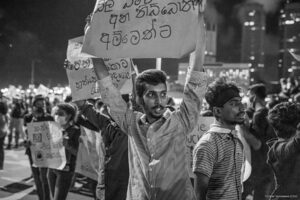 The people were riled up. In an attempt to curb the people’s protest, a state of emergency was declared on the 2nd of April and curfew was imposed. This was followed by a social media ban. It was through social media that plans were underway and protests were organized island wide to express displeasure at the government. The government’s attempts to suppress the people’s freedom of expression was met with condemnation by foreign diplomats, celebrities, and the Human Rights Commission of Sri Lanka (HRCSL). Regardless, peaceful protests were held in many parts of the country in violation of the curfew imposed. As activists and protesters were taken into custody by the police to intimidate protesters, lawyers showed up in numbers to represent the accused. Many cabinet ministers resigned from their posts and there were calls for an interim government to help resolve the crisis. The governor of the Central Bank, Ajith Nivaard Cabraal, whose policies directly resulted in rapid inflation tendered his resignation as well. Meanwhile, the opposition refused to work with President Rajapaksa. The people’s cry was loud and clear; they wanted the president to step down.
The people were riled up. In an attempt to curb the people’s protest, a state of emergency was declared on the 2nd of April and curfew was imposed. This was followed by a social media ban. It was through social media that plans were underway and protests were organized island wide to express displeasure at the government. The government’s attempts to suppress the people’s freedom of expression was met with condemnation by foreign diplomats, celebrities, and the Human Rights Commission of Sri Lanka (HRCSL). Regardless, peaceful protests were held in many parts of the country in violation of the curfew imposed. As activists and protesters were taken into custody by the police to intimidate protesters, lawyers showed up in numbers to represent the accused. Many cabinet ministers resigned from their posts and there were calls for an interim government to help resolve the crisis. The governor of the Central Bank, Ajith Nivaard Cabraal, whose policies directly resulted in rapid inflation tendered his resignation as well. Meanwhile, the opposition refused to work with President Rajapaksa. The people’s cry was loud and clear; they wanted the president to step down.
A cabinet reshuffle and a split in the government ranks resulted in a political crisis. Protests erupted over the following weeks. On the 9th of April, people rallied in their numbers towards the Presidential Secretariat as their demand calling for the resignation of the president intensified. The demonstrations continued for days as people braved the heavy rain and sun and camped in front of the Presidential Secretariat refusing to leave until the president had resigned. The area was named ‘GotaGoGama’ and various branches were set up in other parts of the country where people gathered to express their displeasure at the president and his government. The Sri Lankan diaspora around the world followed suit as anti-Rajapaksa protests were held in various parts of the world. 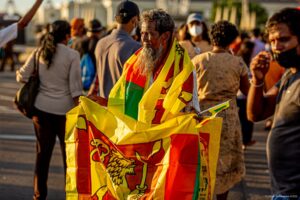
As the situation worsened, protests intensified. Demonstrations took place in front of the Parliament and Temple Trees, the official residence of the Prime Minister. Clashes between the protesters and the police were frequent and a protester was shot dead by the police for demanding fuel. Trade Unions across all sectors staged a one-day token strike in support of the ongoing public protests. The President declared another state of emergency. As the country was at a standstill, after much reluctance, Prime Minister Mahinda Rajapaksa tendered his resignation on the 9th of May. Chaos followed, and people flocked towards Galle Face in support of the anti-government protests. A police curfew was imposed in Colombo and thereafter extended to the rest of the island. The attacks on the people’s protest by the former Prime Minister’s supporters triggered massive backlash and caused widespread retaliation against Rajapaksa loyalists. Houses and offices of former government ministers were torched and set ablaze as the forces were unable to contain the violence that spread across the island and the military was deployed to bring the situation under control.
An economic crisis, political stalemate, and social unrest; Sri Lanka has sought assistance from the International Monetary Fund, the World Bank and various international allies for urgent funds to pay for food and fuel. The IMF 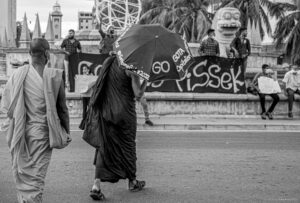 is expected to result in serious policy changes that may further burden the population of the South Asian nation already reeling from soaring cost of living and severe shortages of essential goods. There have been mixed feelings about the newly appointed Prime Minister, Ranil Wickremesinghe. In his address to the nation, the Prime Minister warned of 15-hour power cuts and an impending period of famine stating that the crisis will worsen before it gets better, on the nation’s road to recovery. Meanwhile, the protests demanding accountability from those responsible for plunging the nation into this crisis continue.
is expected to result in serious policy changes that may further burden the population of the South Asian nation already reeling from soaring cost of living and severe shortages of essential goods. There have been mixed feelings about the newly appointed Prime Minister, Ranil Wickremesinghe. In his address to the nation, the Prime Minister warned of 15-hour power cuts and an impending period of famine stating that the crisis will worsen before it gets better, on the nation’s road to recovery. Meanwhile, the protests demanding accountability from those responsible for plunging the nation into this crisis continue.
 Afra is a practicing Attorney-at-Law and an avid reader. A lawyer by day and a writer and by night, she primarily focuses on current affairs, features and the occasional review.
Afra is a practicing Attorney-at-Law and an avid reader. A lawyer by day and a writer and by night, she primarily focuses on current affairs, features and the occasional review.
